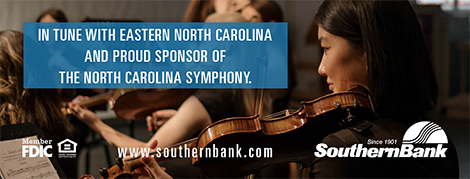Symphony No. 7 in D Minor, Op. 70
Antonín Dvořák (1841-1904)
THE STORY
By the time Dvořák issued his Symphony No. 7 in D Minor, the borders of his international fame had most recently grown to encompass Great Britain. Audiences and critics there marveled over the Czech composer’s brilliant orchestration, charming rhythms, and imaginative folk melodies, all tinged with nationalistic colors. So successful was Dvořák’s reception there that in 1884 he received honorary membership at the prestigious London Philharmonic Society, which included an invitation to write a new symphony. This was the very institution that had commissioned Beethoven’s Ninth Symphony six decades earlier and had extended Johannes Brahms and Giuseppe Verdi membership only two years prior.
After his return to Prague, inspired by witnessing the arrival of Czech anti-imperialists at the Prague railway station, Dvořák started sketches of the first movement—which he completed in five days. He wrote to a friend: “I am now busy with this symphony for London, and wherever I go I can think of nothing else. God grant that this Czech music will move the world!” Dvořák returned to London the following year and conducted the piece himself at St. James Hall.
The Seventh Symphony bears witness to the mature Dvořák in full command of his craft. He had only recently heard his friend Brahms play parts of his newly-composed Third Symphony on the piano, and yearned for his own work to be as worthy of distinction. Indeed, the Seventh Symphony’s aesthetic merits rest upon the composer’s gifts in developing thematic ideas with technical and melodic mastery while championing his distinct Czech identity. While today, Dvořák is perhaps most well-known for his “New World” Symphony (composed eight years later in 1893), among his richest contributions to his homeland is this Seventh Symphony, which British musicologist Donald Tovey declared “among the greatest and purest examples in the art-form since Beethoven.
LISTEN FOR
- The stormy opening theme of the Allegro maestoso
- The rich horn solo in the Poco adagio
- Dramatic hemiolas (the feeling of three beats instead of two, a common Brahmsian rhythmic trait) that propel the Scherzo forward
- Modally inflected melodies in the brilliant Finale ending triumphantly in D major
INSTRUMENTATION
Two flutes (one doubling piccolo), two oboes, two clarinets, two bassoons, four horns, two trumpets, three trombones, timpani, strings
Notes on the music by Joanna Chang

